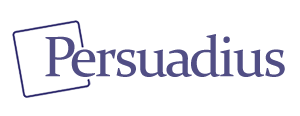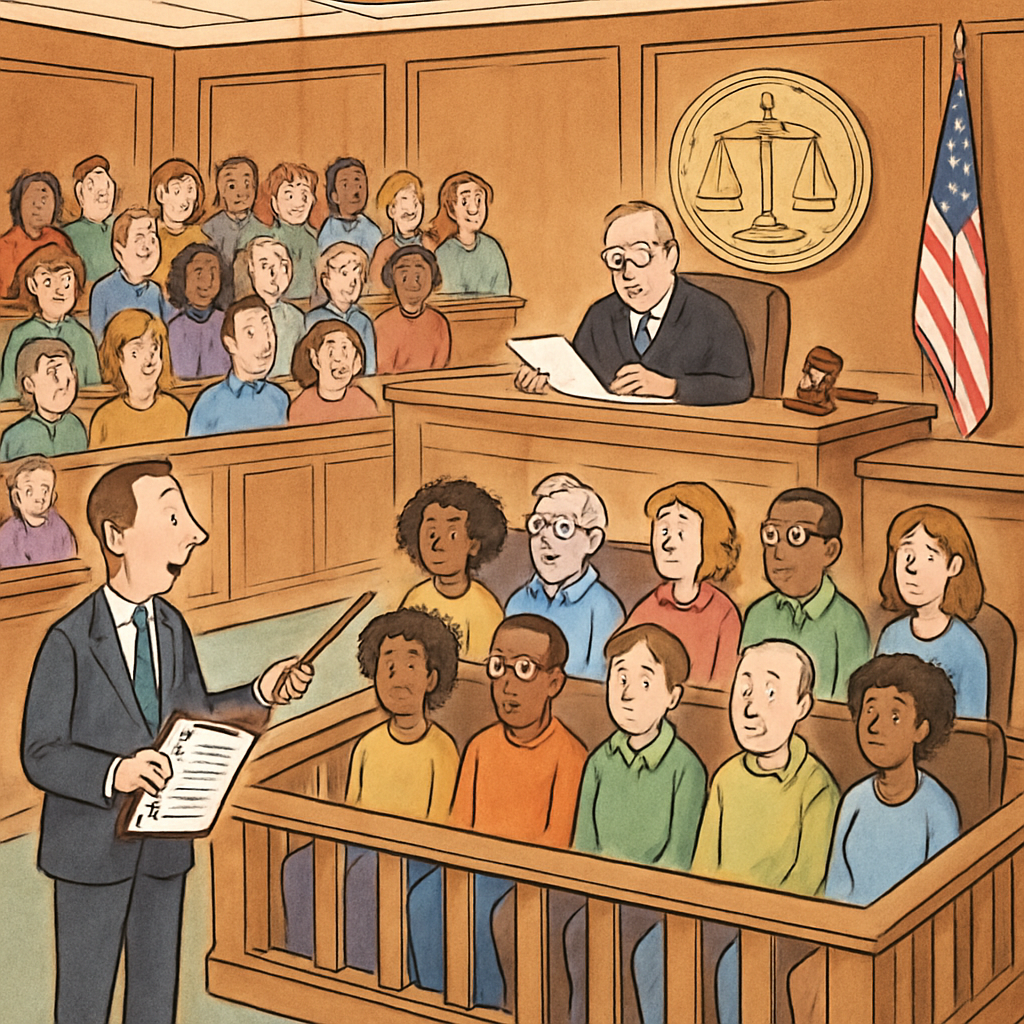In an ideal world, every litigator preparing for trial would have the time and budget to conduct a full-scale mock trial. Few tools are more revealing: you get a real-time look at how jurors respond to your story, evidence, witnesses, and opposing counsel. At Persuadius, we’ve seen mock trials transform how lawyers understand their cases and their audiences.
But sometimes, circumstances don’t allow it. Budget constraints, client sensitivities, or time pressures may make a mock trial impossible. The good news: with the right approach and the right jury consultant, you can still pick an excellent—sometimes nearly perfect—jury without one.
This post outlines how experienced consultants achieve this, using a blend of data analysis, prior experience, and local intelligence to create what we call a jury profile summary sheet—a concise, high-impact guide that helps trial counsel make informed, confident decisions during voir dire.
Why You Still Need a Jury Consultant
Even without a mock trial, a jury consultant remains indispensable. Here’s why.
A skilled consultant doesn’t just pull demographic reports or rely on intuition. They know how to integrate social science, pattern recognition, and real-world experience into actionable insights. They can tell you, for instance, why a certain profession might respond favorably to your case theory—or why a juror with a specific background might pose risk even if they seem friendly.
Consultants bring structure and objectivity to voir dire. Where trial teams often rely on gut instinct, a consultant’s process is grounded in data, behavioral science, and the accumulated experience of hundreds of trials.
Step 1: Demographic and Jurisdictional Analysis
Everything starts with data.
A jury consultant begins by examining the demographics of the venue: census data, voter rolls, occupational trends, and educational distributions. They map who’s likely to appear in the venire—age ranges, political leanings, income brackets, and other variables that shape worldview.
Then they layer in jurisdictional experience—what types of verdicts the local jury pool has delivered in comparable cases. For example, certain counties in Texas or California have well-documented tendencies toward plaintiffs in employment or injury cases, while others lean more conservative in commercial disputes.
Knowing the local culture—from prevailing attitudes about corporations to views on government or regulation—becomes critical in shaping the summary sheet.
(See also: 5 Reasons Why Jury Consulting Is Very Important)
Step 2: Integrate Prior Case Experience
The next layer is institutional knowledge.
Experienced consultants maintain databases of past trials, noting which juror traits correlated with favorable or unfavorable outcomes. They also reference published studies on juror bias, group dynamics, and persuasion.
If your case involves medical negligence, for example, the consultant might recall that jurors with healthcare experience often have mixed reactions—some are defensive of professionals, others hypercritical. For product liability, engineers may admire complex reasoning but dislike emotional appeals.
The key is pattern recognition—linking what’s known from prior cases to what’s probable in the present one.
(See also: 12 Things Every Mock Juror Ever Has Said)
Step 3: Translate Data into Behavior
Raw demographics alone don’t predict juror behavior. That’s where experience and social science come in.
A consultant synthesizes multiple sources—demographics, research, verdict history—into hypotheses about juror attitudes. For instance:
-
Professionals in public service roles may prioritize fairness and rules over emotion.
-
Younger jurors might be more receptive to visual, story-driven presentations.
-
Those with small-business experience may empathize with risk-taking and accountability themes.
These hypotheses are not stereotypes; they’re starting points that help shape voir dire questions and juror evaluation during selection.
Step 4: Develop the Jury Profile Summary Sheet
Once the analysis is complete, the consultant distills findings into a one-page “summary sheet.”
It’s part art, part science—a visual, intuitive guide that trial lawyers can glance at during voir dire to make fast, confident choices.
Typical sections include:
Favorable Juror Traits
-
Professions, backgrounds, and attitudes likely to support your side
-
Personality characteristics (analytical, empathetic, rules-focused, etc.)
-
Values aligned with your narrative
Unfavorable Juror Traits
-
Red-flag experiences (prior litigation, distrust of corporations, extreme ideological rigidity)
-
Risk indicators (dominant personalities, anti-establishment sentiment, deep skepticism)
Voir Dire Questions to Probe
-
Custom-designed questions to surface the traits above
-
Short “if they say this, ask that” notes for quick follow-up
It’s a compact, trial-day tool—rooted in science but built for speed.
(See also: The Do's and Don'ts of Voir Dire)
Step 5: Real-Time Voir Dire Strategy
A well-crafted summary sheet transforms how voir dire unfolds.
Instead of relying on surface impressions, trial counsel can prioritize jurors with high alignment scores and target those with red flags. The consultant helps frame questions that elicit revealing, usable information rather than polite, noncommittal answers.
And because the consultant is present (or on standby), they can quickly interpret juror language, tone, and nonverbal cues—contextualizing responses against the background profile they built.
This process is data-driven but flexible. If a prospective juror surprises the team, the consultant adjusts recommendations in real time.
(See also: The Voir Dire Handbook)
Step 6: Post-Voir Dire Reflection
After jury selection, experienced consultants review outcomes, comparing expectations to who was actually seated. This feedback loop refines future profiles and builds a living repository of lessons learned—making each subsequent summary sheet smarter than the last.
Over years, this iterative process becomes the silent advantage that differentiates great trial teams from merely good ones.
Why Jury Consultants Are Worth It—Even Without a Mock Trial
Skipping a mock trial doesn’t mean skipping expertise.
A good jury consultant translates decades of pattern recognition into practical advice that saves you from costly voir dire errors. They help the trial team see the hidden risks: the quiet juror with strong anti-corporate leanings, the charismatic teacher who might lead deliberations against your side, or the analytical engineer who demands a level of proof your evidence can’t meet.
Consultants also bring psychological neutrality—a counterbalance to a trial lawyer’s emotional investment. They see jurors as data points and humans simultaneously, helping counsel stay strategic rather than reactive.
Even when budgets are tight, investing in a few hours of expert consulting pays off in higher confidence and better results.
The Persuasion Connection
At Persuadius, we view jury selection as one part of a larger persuasion ecosystem.
Choosing the right jurors is only the beginning. From the first voir dire question to the closing argument, persuasion depends on clear storytelling, strong visuals, and disciplined narrative control. Each of these pieces builds upon the others.
That’s why we often pair jury consulting with services like litigation graphics and opening statement support. A cohesive message—delivered to the right audience—creates the conditions for winning.
When those elements align, even without a mock trial, you can approach voir dire with confidence that your team is fully prepared.
(See also: Ten Ways to Maximize Persuasive Courtroom Storytelling)
The Bottom Line
Picking a nearly perfect jury without doing a mock trial isn’t about cutting corners. It’s about being deliberate—combining data, psychology, experience, and intuition into a usable, courtroom-ready system.
That system, when guided by an experienced jury consultant, allows you to make informed, strategic decisions even under pressure.
Because at trial, it’s not just about telling a better story—it’s about telling it to the right people.
Related Articles on Persuadius
-
The Voir Dire Consultant Isn’t Who You Think It Is — explores how a voir dire consultant does much more than just “read jurors” and how they can shape the case narrative from voir dire onward. persuadius.com
-
12 Factors to Consider When Conducting Jury Research — breaks down essential elements that a consultant must assess when designing jury profiling or research. persuadius.com
-
10 Reasons Why Your Trial Consultant Should Draft Your Opening Statement — describes the added value a consultant brings in crafting effective openings. persuadius.com
-
5 Reasons Why Jury Consulting Is Very Important — gives a foundational argument for why consultants matter in trial work. persuadius.com
-
Secrets of the Jury Consulting Business You Should Know — offers behind-the-scenes insight into how consultants operate and what makes the work effective. persuadius.com
-
Do I Need a Local Jury Consultant? Here Are 7 Good Answers — addresses practical questions about when and why you would include local consulting in your jury selection strategy. persuadius.com






Leave a Comment